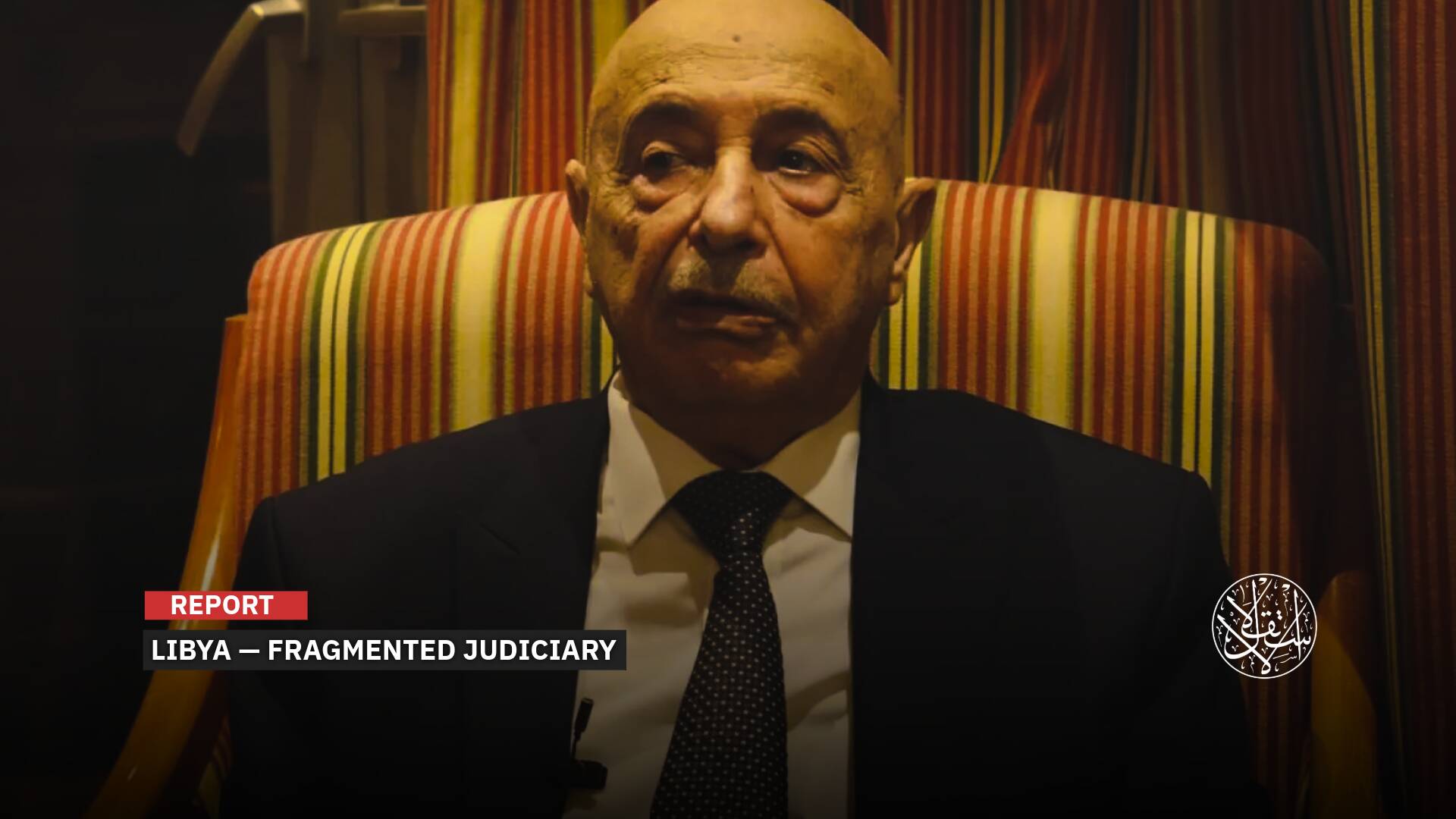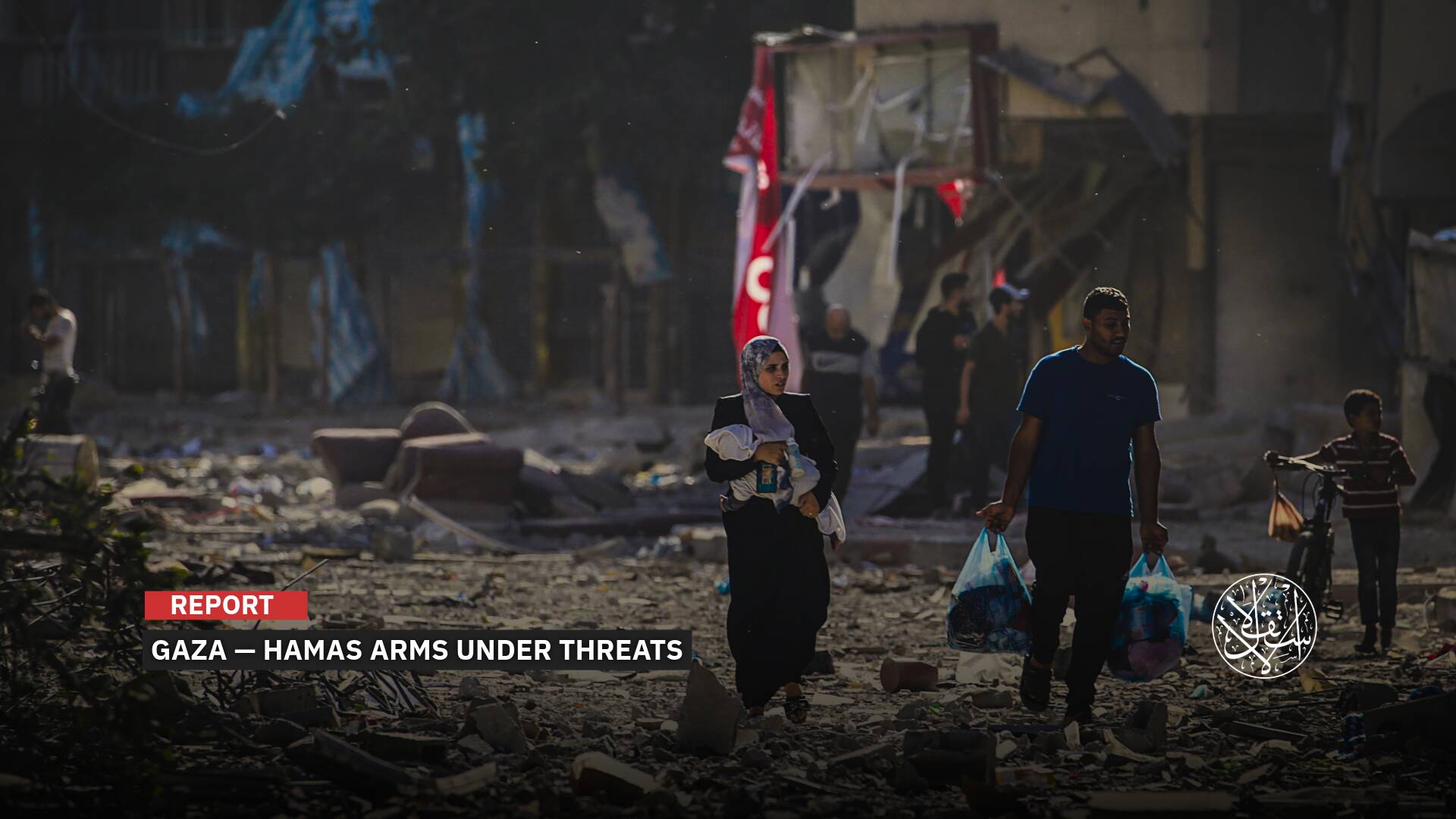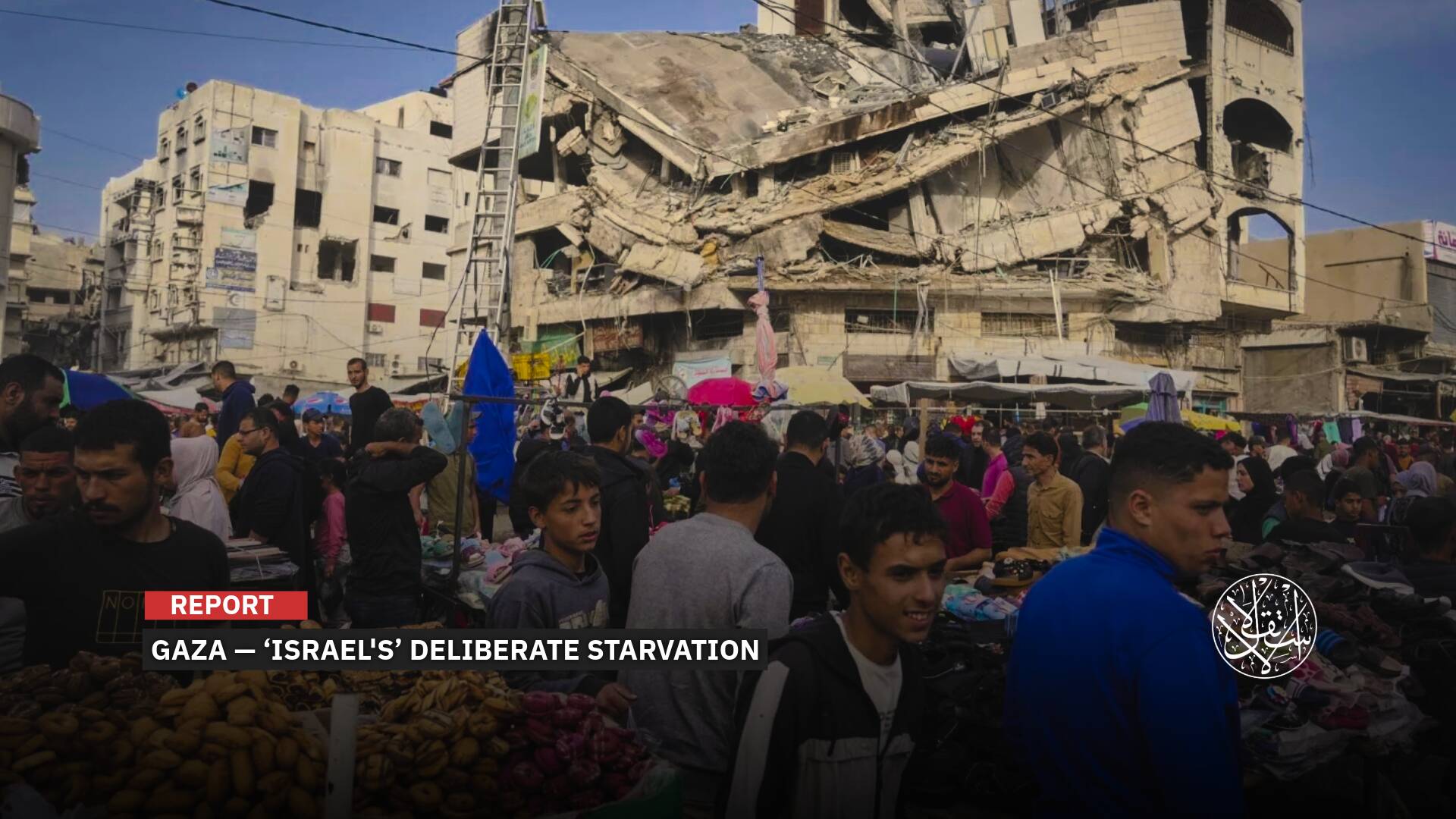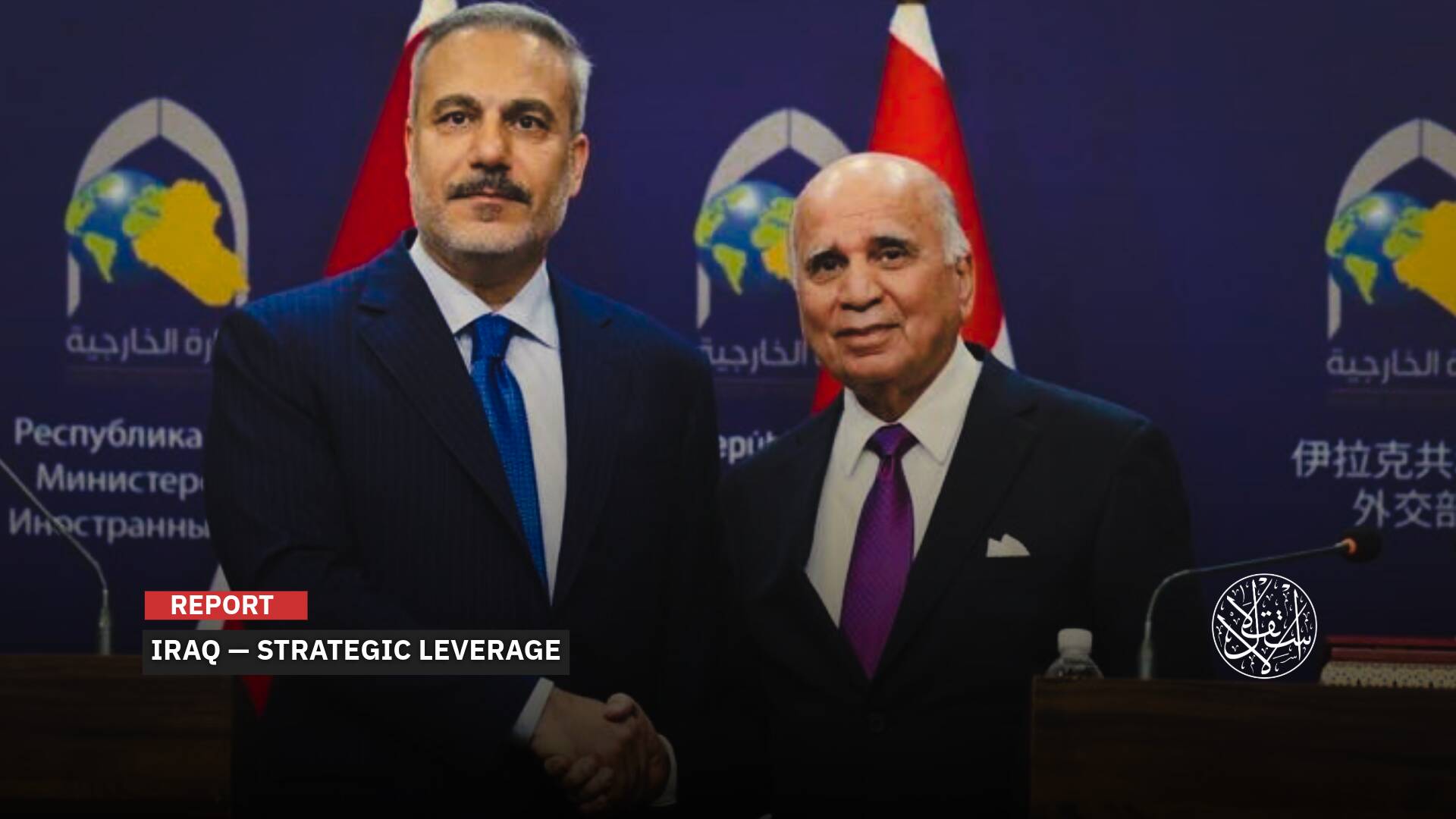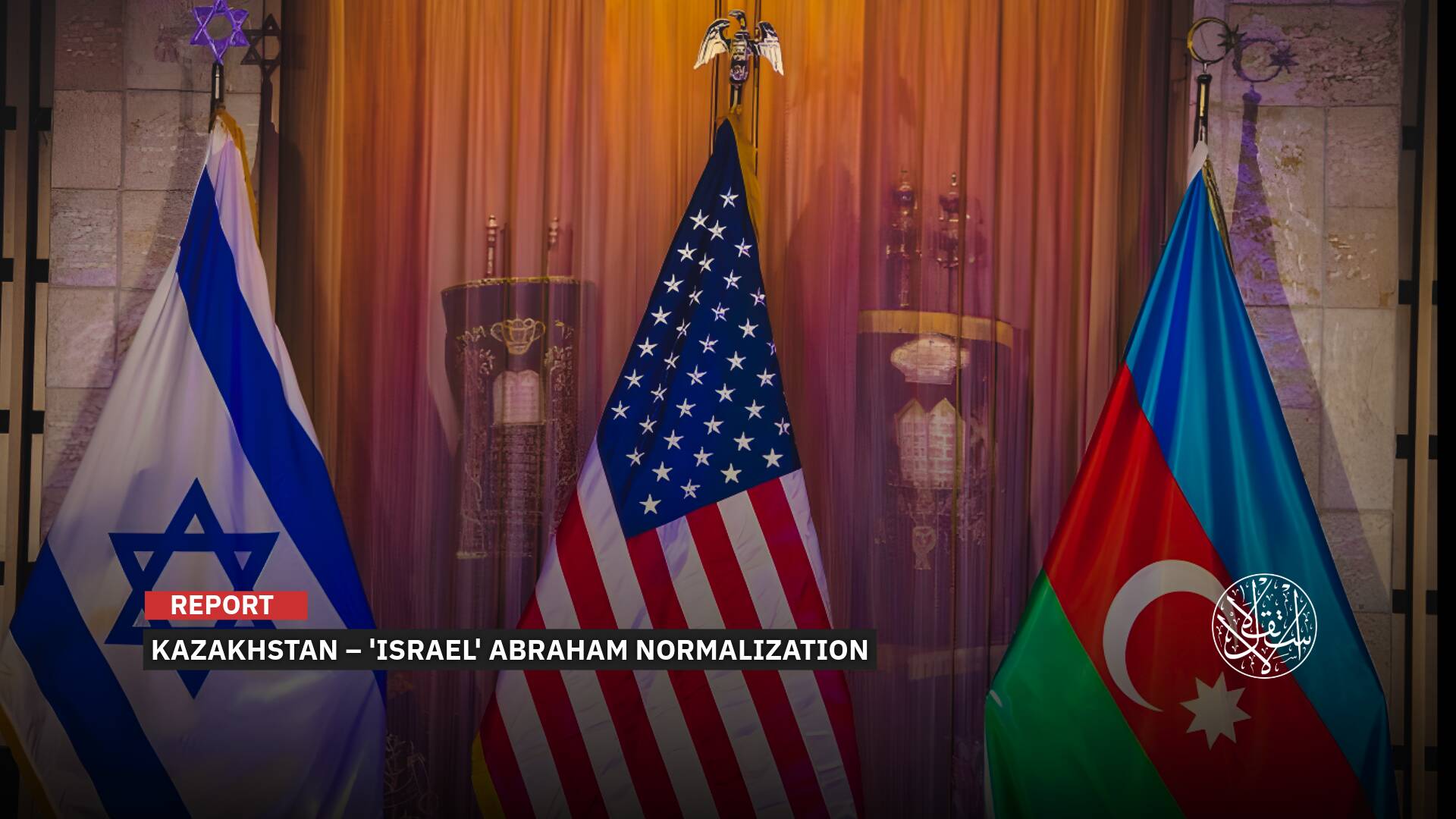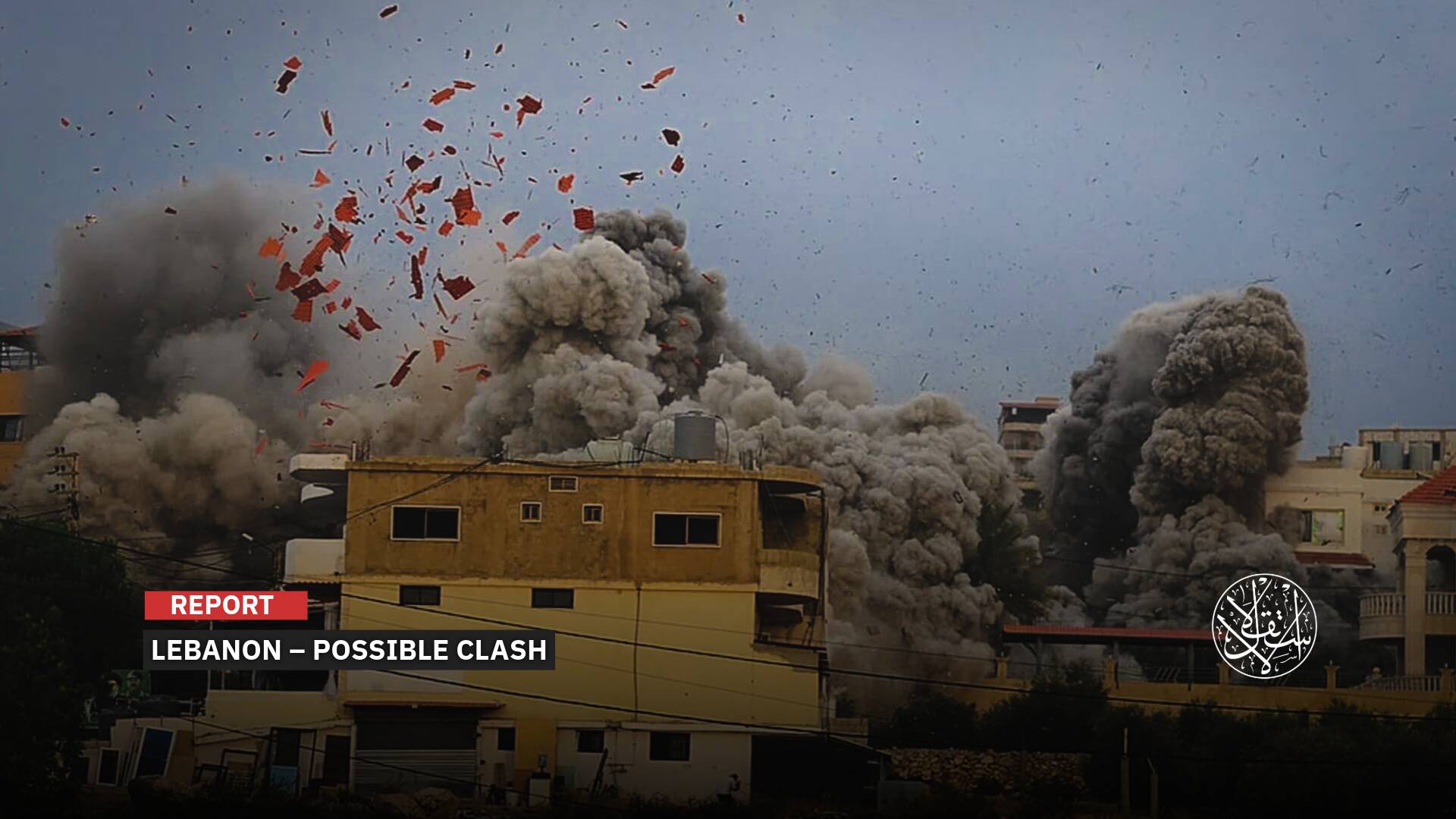Beyond U.S. Sanctions: What’s Driving the Successive Failures of Iranian Banks?
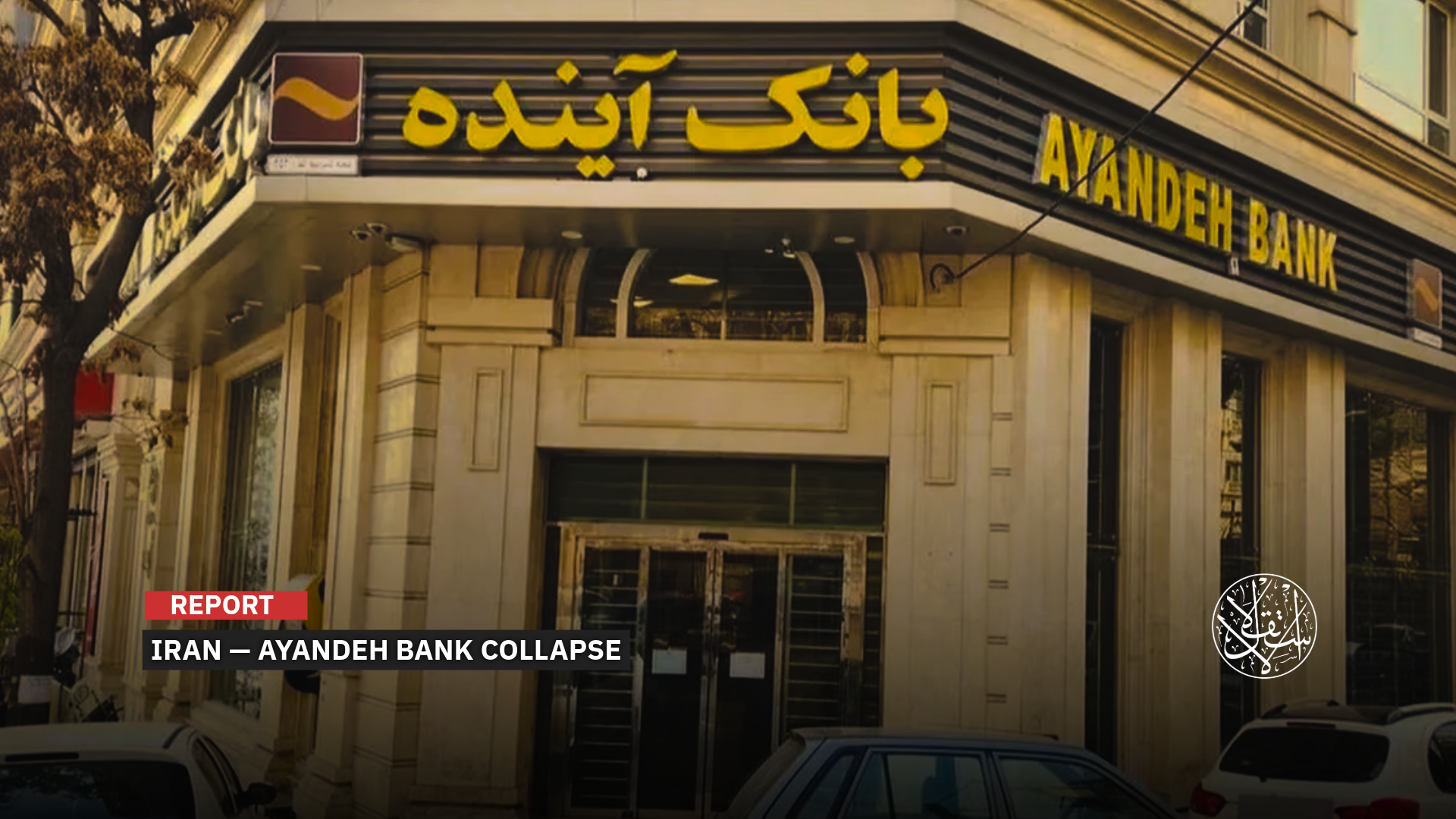
Iranian media have warned of a ‘corruption mafia’ hollowing out the country’s banks from the inside.
The Iranian authorities’ announcement of the dissolution of “Ayandeh Bank” (Future Bank), one of the country’s largest financial institutions, has sparked a host of questions about the real reasons behind its collapse, amid reports in the Iranian media that other banks could face the same fate in the coming days.
Ayandeh was established in 2012 through the merger of three financial institutions: Tat, Ati, and Salehin. The cornerstone of this merger was Tat Bank, owned by businessman Ali Ansari, who founded it in 2009 with the direct support of former Iranian president Mahmoud Ahmadinejad’s administration.

Destructive Competition
On October 25, 2025, Iranian authorities announced the dissolution of Ayandeh Bank, transferring its enormous debts, estimated at 540 trillion tomans (around $10 billion), to the state-owned Bank Melli.
The rare move targets one of the country’s largest banks, which operated a network of around 270 branches across Iran, including 150 in Tehran alone, but in recent years had become mired in a spiral of debt, according to the Iranian Students’ News Agency (ISNA).
The bank employed 4,274 staff at its branches, in addition to 3,474 employees working across its subsidiaries. Ayandeh controlled 40 subsidiary companies and 13 affiliated firms, serving around seven million customers.
In an official statement, the governor of the Central Bank of Iran, Mohammad Reza Farzin, confirmed the closure of Ayandeh, noting that its customers, employees, and branches would be merged into the state-owned Bank Melli.
“Despite all efforts, the bank could not be steered onto a path of reform as intended by the Central Bank,” Farzin said, adding that Ayandeh had become “a symbol of inefficiency and the systemic imbalances that have dominated Iran’s banking sector over the past two decades.”
Hamid Reza Ghani Abadi, director of banking supervision at the Central Bank, told the Iranian newspaper Donya-e-Eqtesad that Ayandeh’s capital had dwindled to just $15 million, against debts exceeding $5.5 billion.
Ghani Abadi said the bank had fostered a climate of “destructive competition” in the sector, attracting new customers with high-interest account offers to finance returns on existing deposits.
More than 90% of the bank’s financial resources were used to fund major projects, including the massive Iran Mall on the outskirts of Tehran, as well as other development initiatives, some of which remain incomplete.
Reformist newspaper Ham Mihan reported that Ayandeh’s capital ratio had fallen to a negative 350%, effectively rendering the bank insolvent.
The report, published on October 25, added that the institution not only lost its capital but was forced to borrow from other entities to cover shortfalls.
The decision comes after the United Nations reimposed severe sanctions on Iran at the end of September under the so-called “trigger mechanism,” following months of diplomatic efforts to revive stalled nuclear talks that collapsed in June after Israeli and U.S. strikes on Iranian nuclear facilities.
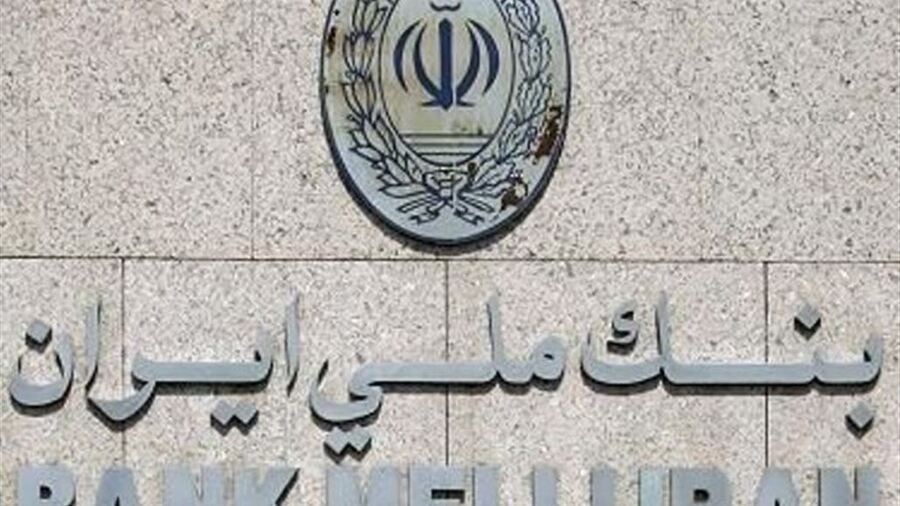
A Festering Abscess
On the underlying causes of Ayandeh Bank’s collapse, Yemeni economic expert Wahid al-Fudai told Al-Estiklal that “the Iranian authorities announced the bank’s dissolution after its financial deficit worsened, following the accumulation of massive debts and non-performing loans that exceeded the bank’s capacity to repay.”
Al-Fudai added that another key factor behind the closure was poor management and financial corruption, with loans directed to companies and projects linked to the bank’s owners, which were never recovered.
“In such a case,” al-Fudai explained, “the central bank intervenes when it sees a bank in this state. When it became clear that continuing Ayandeh posed a threat to the stability of the banking system, it decided to liquidate the bank and transfer its assets to a state-owned institution to prevent a cascading collapse.”
Regarding five other banks, Sarmayeh, Dey, Sepah, Iran Zamin, and Mellat, which the Iranian news agency Tasnim reported were facing similar financial difficulties, al-Fudai confirmed that they were indeed suffering from “liquidity shortages, high levels of bad loans, and heavy exposure to struggling companies or quasi-governmental entities.”
He noted that some of these five banks are currently under Central Bank supervision, while others rely on indirect state support, meaning that discussions about potential crises in these institutions are realistic rather than exaggerated.
In the same context, the Iranian newspaper Jomhouri-e Eslami reported on October 27 that framing Ayandeh’s closure and merger into Bank Melli as a deliberate action was “a fabricated story.” The paper argued that the bank effectively dissolved from within, with the central bank merely announcing it, likening the collapse to “an abscess that reached the peak of infection and burst on its own.”
The report added that the bank’s total excess withdrawals and debts amounted to a “quadrillion tomans” (one million billion tomans), equivalent to more than $9 billion, accounting for around 7% of the country’s inflation. This, the paper argued, meant that every Iranian household became 7% poorer compared to the previous year as a direct result of the bank’s losses.
The newspaper questioned how it was possible that the central bank and regulatory authorities were unaware of these financial irregularities until suddenly deciding to dissolve the institution.
It described these figures as “key indicators of systemic economic corruption, showing that the bank was collapsing from within and could not continue.”
It further argued that officials, including the central bank, were merely spectators, and when the “abscess” erupted, they simply announced it without taking further action. Alarmingly, the paper warned that this “infection” could spread to Bank Melli, potentially exposing it to corruption as well, according to economic experts.
Jomhouri-e Eslami also highlighted that what turns the corruption of individuals and economic institutions in Iran, including Ayandeh, into a major disaster is the support these banks and actors receive from state institutions, which provide them with vast resources in the form of loans. This, the paper argued, allows them first to withhold repayment and second to exploit their power for various forms of economic corruption.
The newspaper concluded that “corruption mafias emerge from these gaps in the country’s economic walls, devouring the rights of the people,” stressing that poverty in a wealthy country like Iran does not appear easily. It added that the fact that over a third of the population has fallen below the poverty line is a direct result of economic corruption and social inequality.
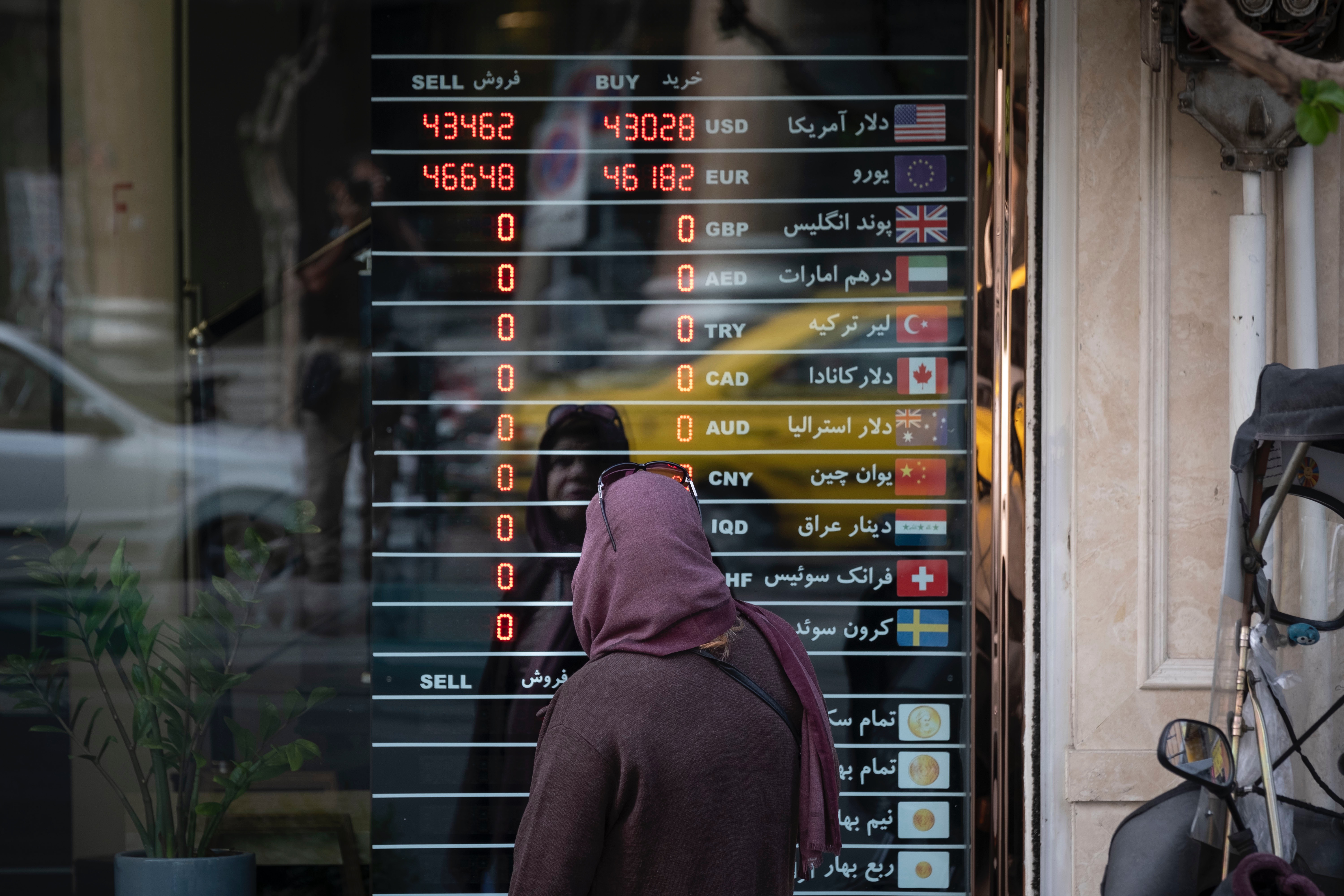
An Aggravating Factor
Regarding claims by some media outlets that Ayandeh Bank’s collapse was linked to U.S. tightening of financial controls in Iraq, economic expert Wahid al-Fudai said that while sanctions and increased oversight by Washington on Iraqi banks, through which funds flowed to Iran, were not the direct cause of Ayandeh’s failure, they acted as an aggravating factor.
“It is known that part of Iran’s dollar liquidity funding came through a network of Iraqi banks,” al-Fudai explained. “When Washington tightened the screws and closed these channels, the situation worsened for a number of Iranian banks that had relied on these informal transfers to cover foreign currency shortfalls.”
“The core of the crisis is domestic: corruption, mismanagement, weak governance, insufficient oversight, and a collapse of trust in the banking sector. Sanctions merely accelerated the exposure of these problems.”
Economic expert Abdul Salam al-Athouri added that while U.S. and international sanctions on Iran, and the country’s isolation from the global financial system, affected the operating environment for banking, lending, and investment, these external pressures were an important factor in the sector’s general deterioration, but not the sole driver of Ayandeh Bank’s collapse.
Al-Athouri told Al-Estiklal that the available evidence does not strongly indicate that “Iraqi sanctions” or restrictions on the flow of funds from Iraq to Iran were the primary cause for Ayandeh specifically.
“Analysis points to the bank’s problems being largely internal, non-performing loans, involvement in real estate, and management connected to owners, though sanctions made the environment more fragile,” he said.
He noted that the Iranian authorities’ decision to dissolve Ayandeh stemmed from a major accumulation of domestic crises: bad loans, entanglement between the bank and the owner’s businesses, weak capital, and ineffective management.
Al-Athouri concluded that while a direct link between Iraqi banks’ dollar transfers and Ayandeh is possible, it is not confirmed.
For years, Iraq served as Tehran’s financial lifeline, but over the past two years it became an effective choke point for dollar flows to Iran, following U.S. tightening of the banking system in the country.
Since the summer of 2023, financial relations between Baghdad and Washington entered a new phase of strict enforcement: more than 14 Iraqi banks were barred from handling dollars, currency controls and transfers were tightened, in a U.S. effort to halt the outflow of hard currency to Iran, Syria, and Lebanon.
In 2024, the U.S. Treasury expanded its campaign to include executives in Iraqi banks accused of facilitating financing for the Revolutionary Guard and its affiliated companies.
As a result, Iraqi banks drastically changed their practices, reducing cash dealings, tightening transfer procedures, and restricting international payment cards that had served as covert channels to Iran.
Finally, in October 2025, a new U.S. sanctions package targeted individuals and government institutions, including the Popular Mobilization-affiliated company “Al-Muhandis General,” reinforcing the new rules: full compliance or loss of access to the U.S. financial system.
Iranian banks have remained isolated from the global financial system for decades due to U.S. sanctions and noncompliance with international lending standards set by the Paris-based Financial Action Task Force, which placed Iran on its “blacklist” in 2020.
After years of debate and strong opposition from hardline conservative politicians, Iranian President Iranian Masoud Bezhkian ratified a law at the end of October allowing Iranian banks to adopt the United Nations convention to unify anti-money laundering and counter-terrorist financing efforts.
Sources
- Bankruptcy of one of Iran’s largest private banks in a ‘rare move’ [Arabic]
- How the Iranian government and Revolutionary Guard undermined Iran’s banking system [Arabic]
- Responsible for 7% of inflation… new details on the losses of the dissolved Ayandeh Bank [Arabic]
- Bankruptcy declared for one of Iran’s largest private banks [Arabic]
- The role of Iraq in the collapse of Iran’s Ayandeh Bank [Arabic]
- Ayandeh Bank… what are the reasons behind the collapse of one of Iran’s largest banks? [Arabic]
- Iran shuts one of its largest commercial banks amid a crackdown on financial oversight [Arabic]




